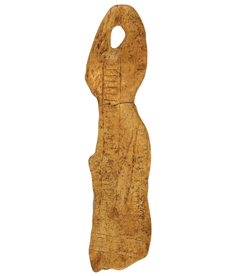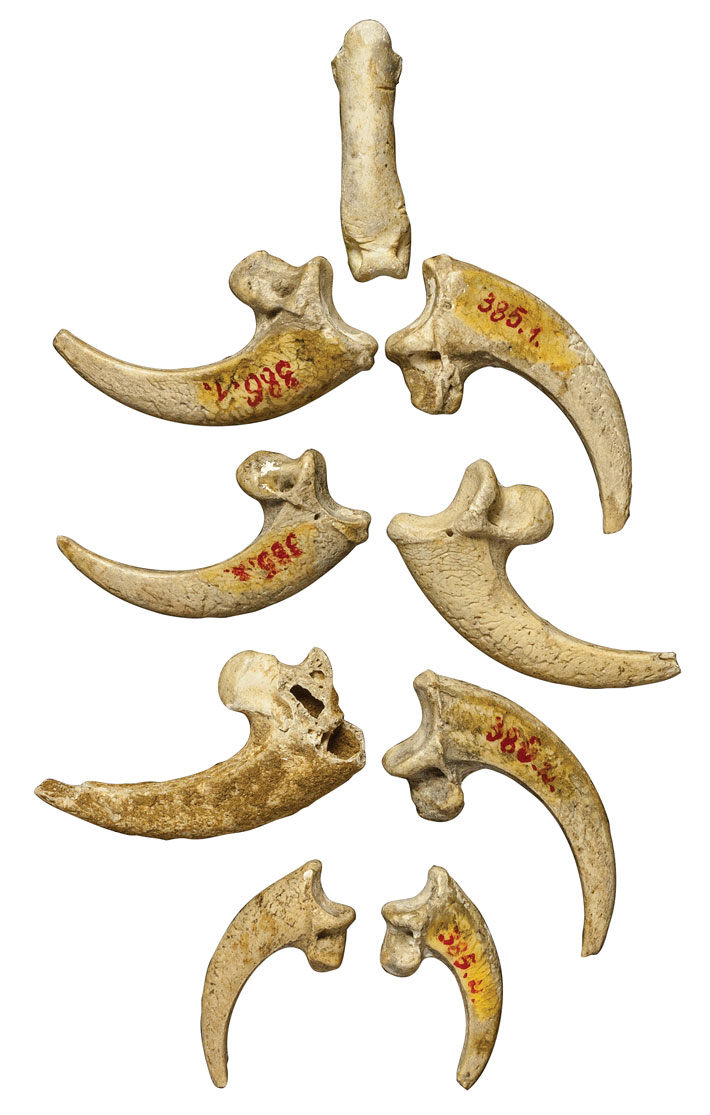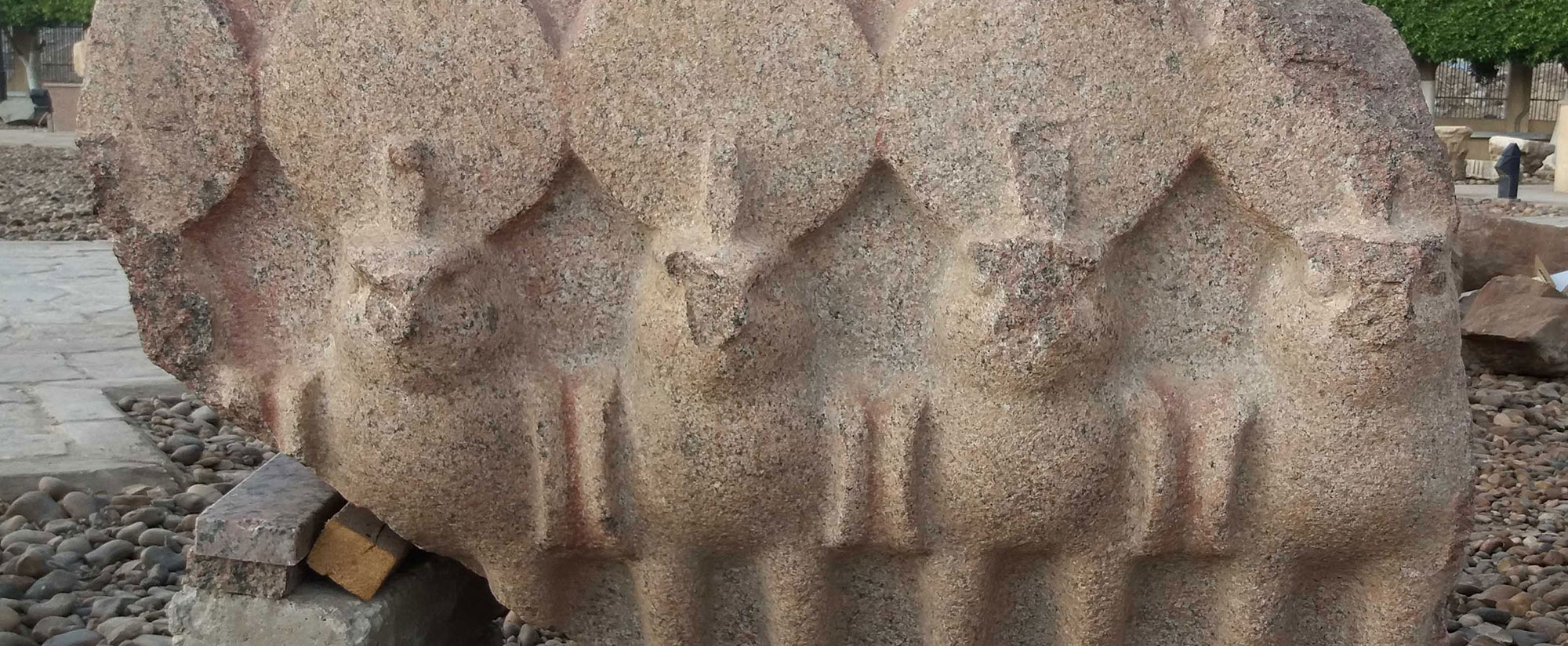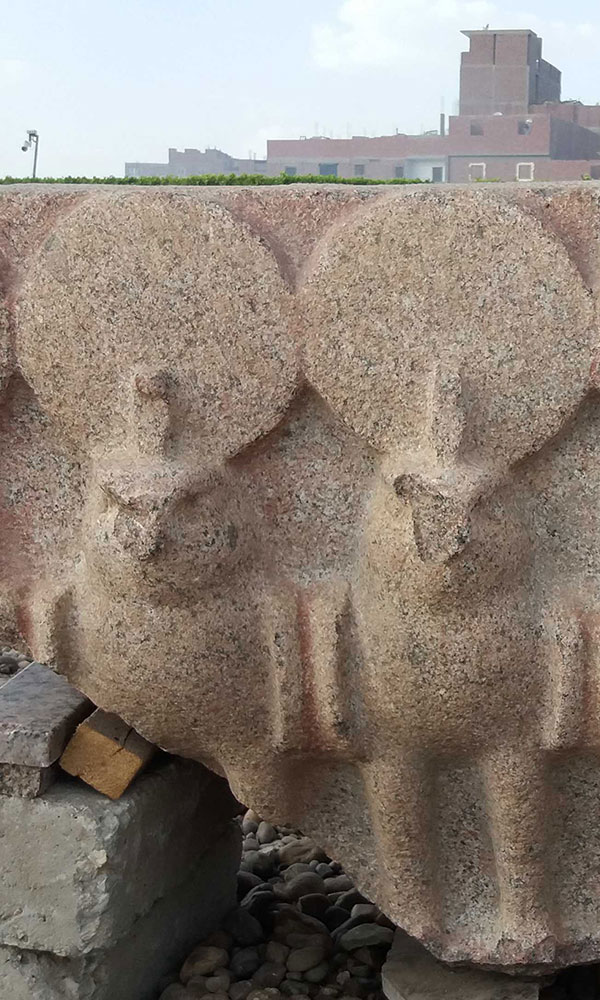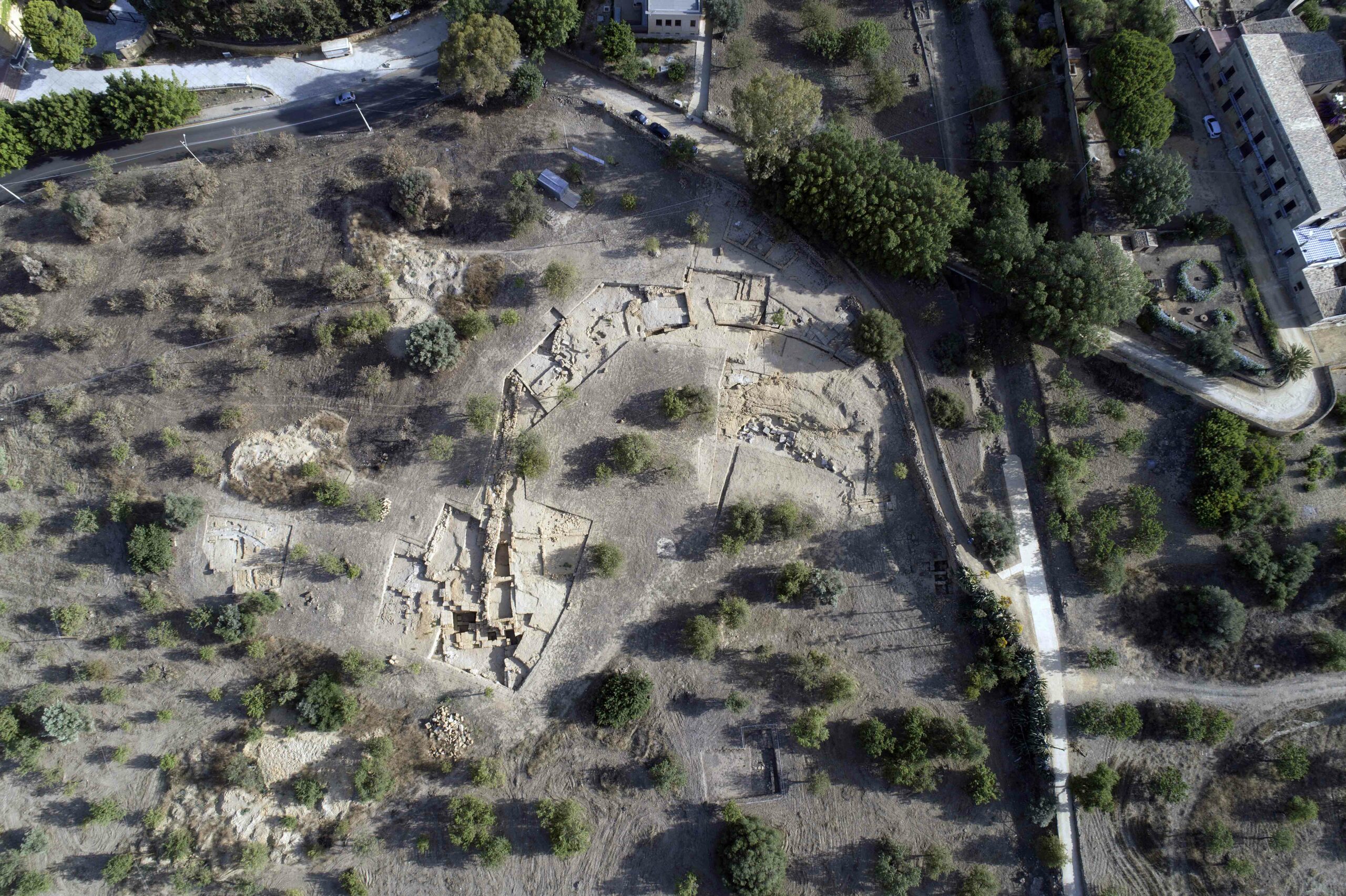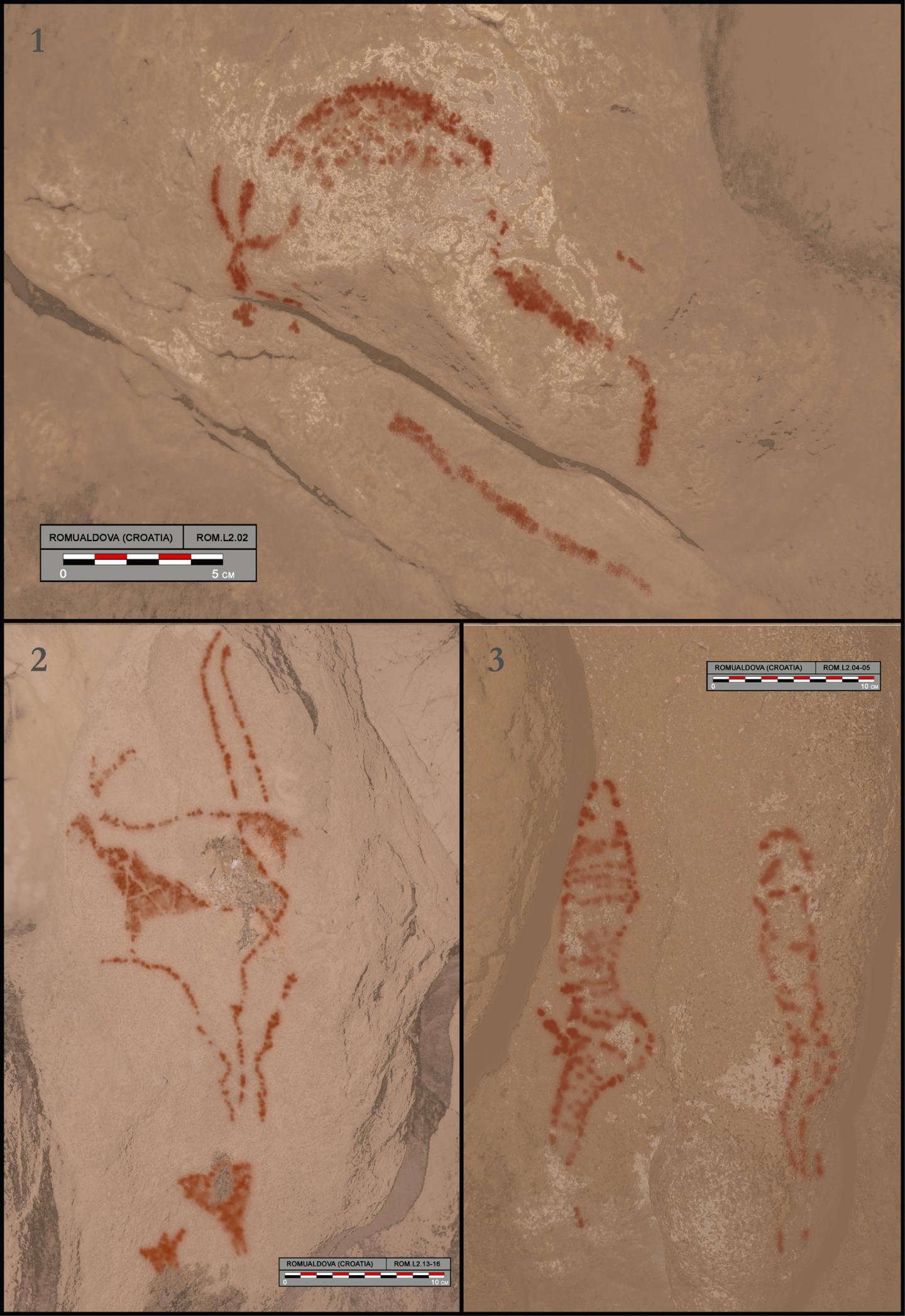
SOUTHAMPTON, ENGLAND—Live Science reports that artwork that may date to the Upper Paleolithic period has been discovered in Croatia’s Romualdova Cave by archaeologist Aitor Ruiz-Redondo of the University of Southampton and his colleagues. Some 30,000 years ago, a river flowing toward a vast plain where the Adriatic Sea now rests would have been on view from the cave’s entrance. The images were created with reddish paint applied to a layer of fossilized calcite that has crumbled away in places. Graffiti dating to the late nineteenth and early twentieth centuries has also damaged some of the ancient artworks. However, the researchers were able to make out the figures of a bison and ibex, which are commonly found in cave art in Western Europe. An excavation and further analysis could help confirm the art's age. “In this case, expanding the Upper Paleolithic cave art to a new area is really interesting, because it implies linking the culture of the groups that painted Romualdova with cultural features from groups well documented in Spain, France, and Italy,” Ruiz-Redondo said. For more, go to “New Dates for the Oldest Cave Paintings.”




